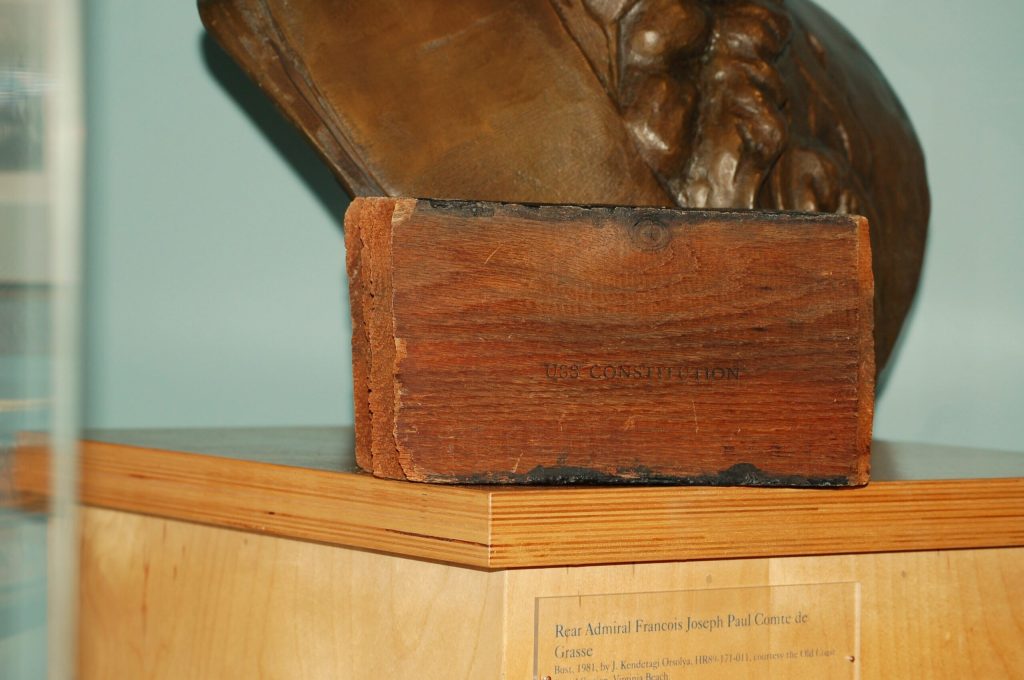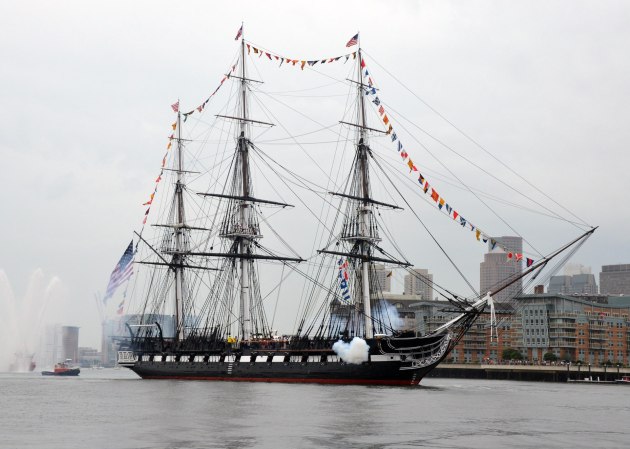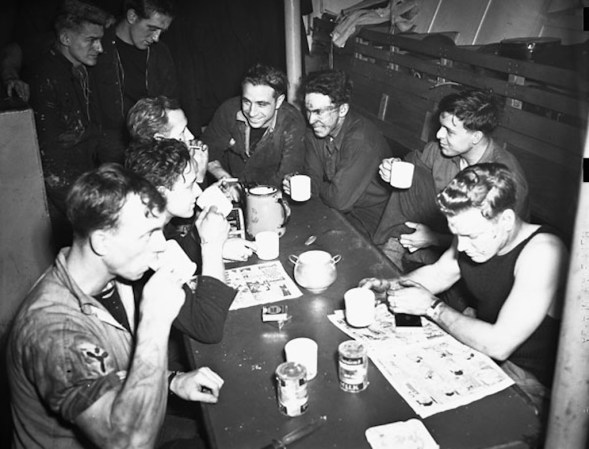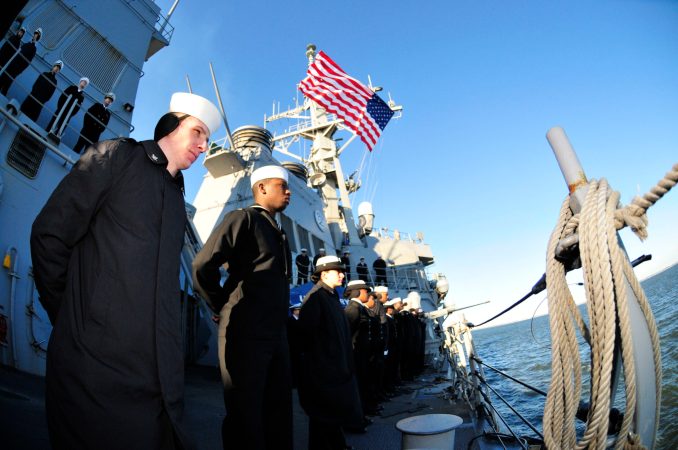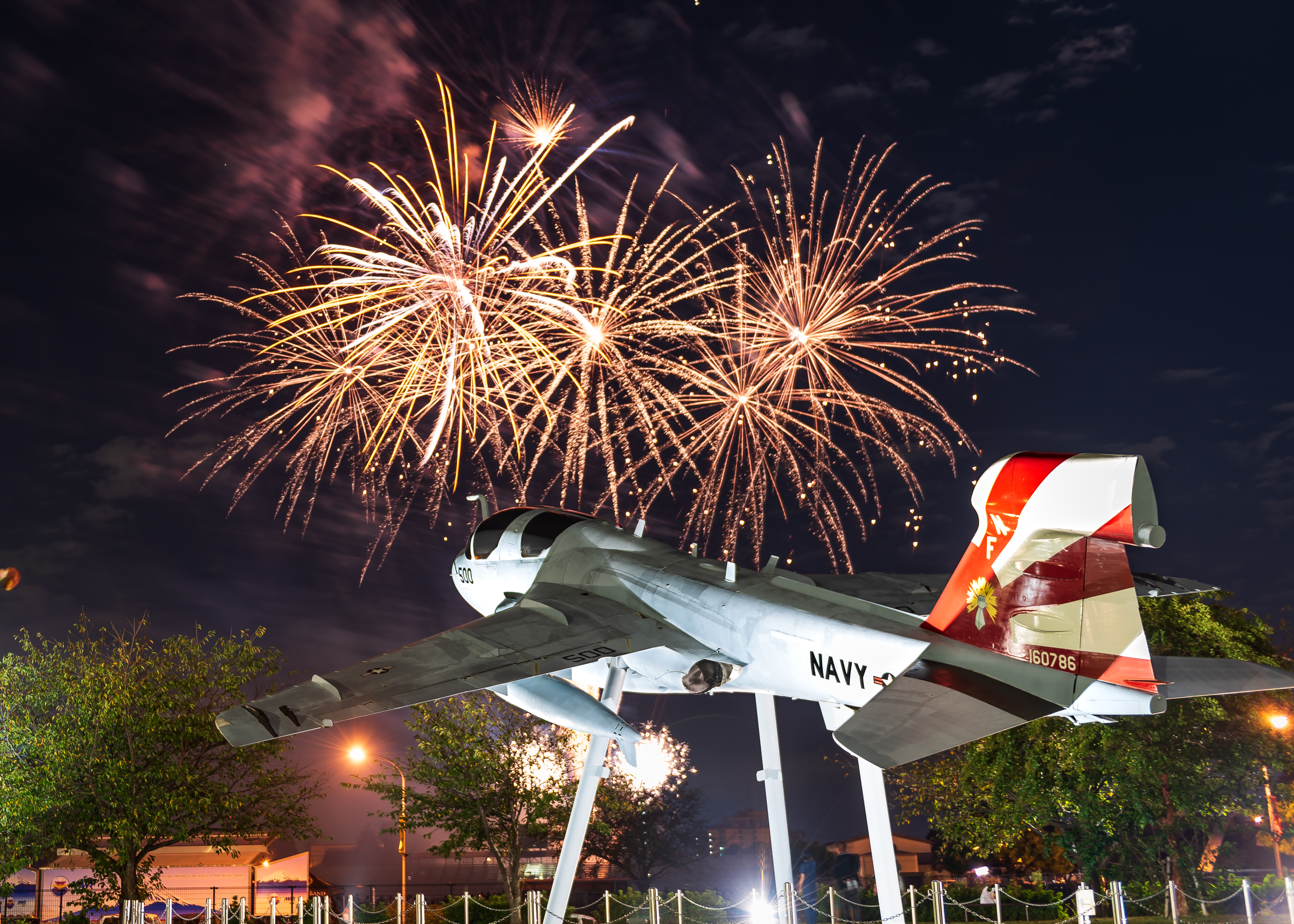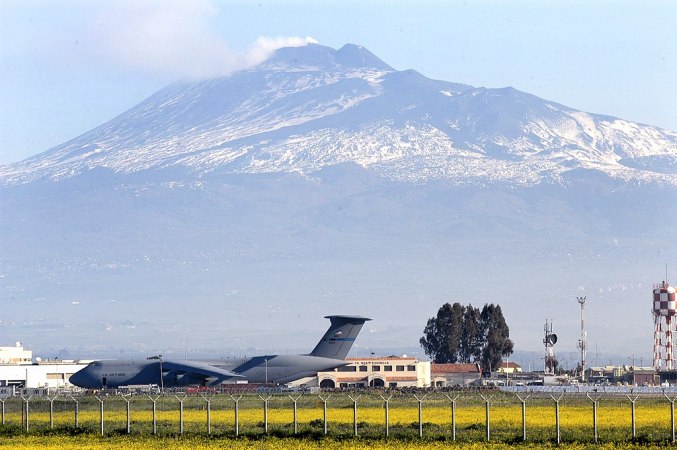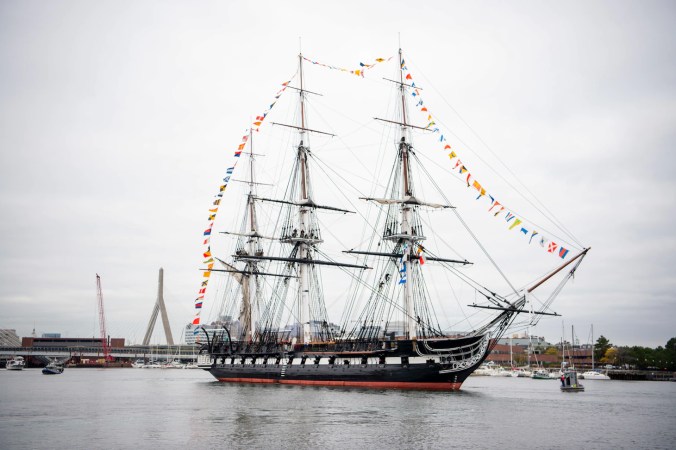Wanna guess where one of the largest Navy installations by land mass is? A few hints: It’s in a double-landlocked state, it’s basically a quirk of history that the Navy even owns it, and it’s vital to the preservation of the oldest active warship in the world. It’s Naval Support Activity Crane in Indiana. Yeah, it’s named so inconspicuously that it could be a setting in The Simpsons. And while Indiana has a little Great Lakes frontage thanks to Lake Michigan, NSA Crane is 200 miles from even that bit of moisture. So, how did a massive section of boring forest far from the water become an essential Navy base?
The growth of Naval Support Activity Crane
The Naval support activity came about thanks to a twist of history. According to National Geographic, the government originally purchased 40,000 acres of land there as a part of the New Deal. The feds scooped up land that was unfarmable and otherwise hard to develop, infusing cash into communities.
Then, just before American entry into World War II, the Navy realized that 100% of their ammunition stores were within range of a carrier attack from the coast. Someone did the math and realized that hitting a double landlocked state like Indiana required flying almost 600 miles.
(If you’re curious, the closest bit of ocean to NSA Crane is the Chesapeake Bay, but we don’t recommend attacking from there since you’d have to fly right over the well-defended National Capital Region.)
And so the Navy moved into Crane, Indiana, and stored massive amounts of ammunition there. It also conducted tests of new ordnance.
In the years after World War II, the importance of NSA Crane dwindled as the Navy slowly expended its stockpiles. But then Navy officers spent a bunch of money on white oak to restore the USS Constitution.
The oldest warship in active service
The world possesses just one active warship named by George Washington: USS Constitution. The ship is 225 years old, nearly as old as the document it is named after. But, like the Ship of Theseus, almost nothing of the original ship remains.
The tall ship saw combat in the Quasi-War with France, the Barbary War, the War of 1812, and more. In the War of 1812, Constitution earned the nickname Old Ironsides when it fought HMS Guerriere and the crew watched British cannonballs bounce off the ship’s white oak sides as if they were made of iron.
Those white oak sides were a secret of its defensive power and of its reliability in the water. White oak is susceptible to some pests, but it’s naturally watertight and strong. But ships made of white oak need to be overhauled regularly. The Navy, naturally careful with a ship that’s nails were forged by Paul Revere, brings Constitution in for drydock and overhaul every 10 years.
And that requires trees, especially white oak.

How the white oak crowns the Constitution
That refit every 10 years requires old, old white oaks. The Navy aims to use trees 110 to 125 years old and 120 to 130 feet tall in repairing the ship.
And the perfect spot to harvest those trees is NSA Crane in Indiana. White oaks used to be plentiful in the U.S., but the traits that made them great for ships also made them great for homes, railroads, and more. Americans harvested millions of white oaks and didn’t plant many. But the land at NSA Crane was full of them, and the Navy kept planting them.
Now, the Navy maintains a 40-acre Constitution Grove on the base and can pull additional oaks from the rest of the forest as needed. The Navy only harvests 25% as much white oak as grows every year, meaning that it’s entirely sustainable as long as the forest remains otherwise healthy.
Which is good because all wooden warships required massive numbers of trees to build and maintain.
U.S. foresters harvest the trees when the Navy puts in requests for the wood. And the Navy only requests what it needs for repairs after inspecting the ship in drydock. Any leftovers after the Navy gets what it needs are sold to private industry, helping fund the forestry service’s operations at NSA Crane.
If you want to see the oldest warship in active service, tours are free at the Charlestown Navy Yard in Massachusetts. Or check out the virtual tour on Google Maps.


